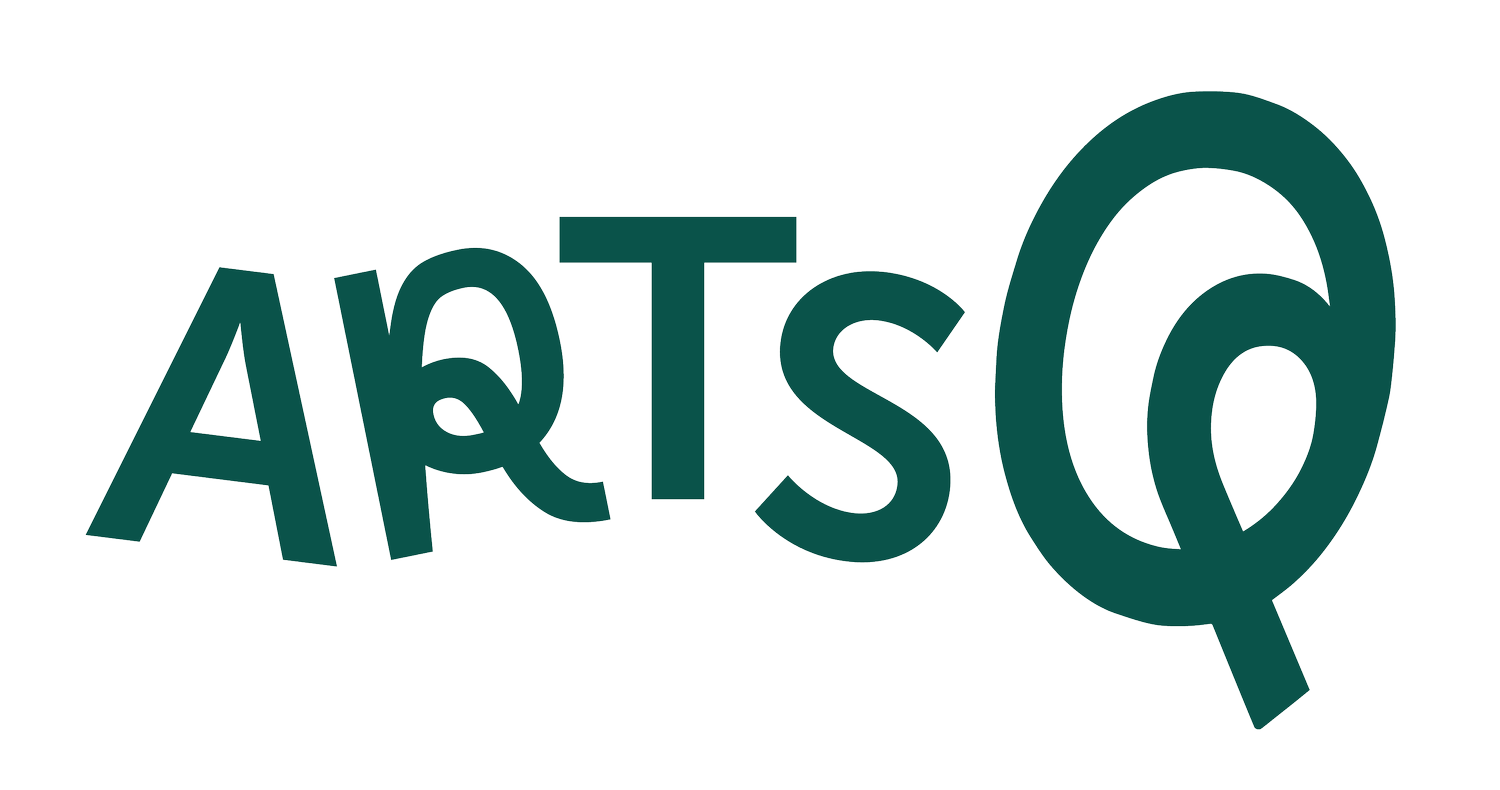A Seljuq ceramic bowl with a camel caravan
Travel back to the Seljuq Empire with this charming ceramic bowl showing a caravan of camels, now displayed at The Walters Museum in Baltimore. It has important connections to trade on the Silk Roads.
Min'ai ware
Crafted in what is now Iran sometime from the late 12th to early 13th century, this bowl is a wonderful example of mina’i ware, known for its vibrant, enamel-like colors. The scene on this bowl is a rare subject in Seljuq ceramics. The central camel wears a turquoise, blue, and golden saddle and appears to stride confidently. It is surrounded by seven other camels, each depicted in different poses.
Camels on the Silk Roads
Looking closely at the bowl, it is easy to notice the fluid, detailed brushstrokes. Using multiple colors like gold, turquoise, red, and more adds to the bowl’s visual richness. These camels are likely Bactrian, known for their resilience in harsh climates and used for long journeys along the Silk Roads. This bowl was likely a luxury item meant to impress and spark conversation at feasts and gatherings. Get to know this bowl in more detail with our video! It offers a glimpse into the art and culture of the Seljuq dynasty.
Who will enjoy this video?
This video will interest anyone interested in the history of the Silk Roads, the sultanates of Central Asia, the history of ceramics, and of course, animal lovers. Speaker: Dr. Lauren Kilroy-Ewbank. Note: Sometimes Seljuq is spelled Seljuk. Note: We prefer the Silk Roads to the Silk Road.
Main object:
Bowl with Camel Caravan, late 12th-early 13th century (Seljuq (?)), fritware, white underglaze, black, blue, pink, red, and turquoise overglaze enamel, and gilding, Iran. The Walters Art Museum.
